Summer is a busy time for plants and animals. Here are some British wildlife highlights to look out for at this time of year.
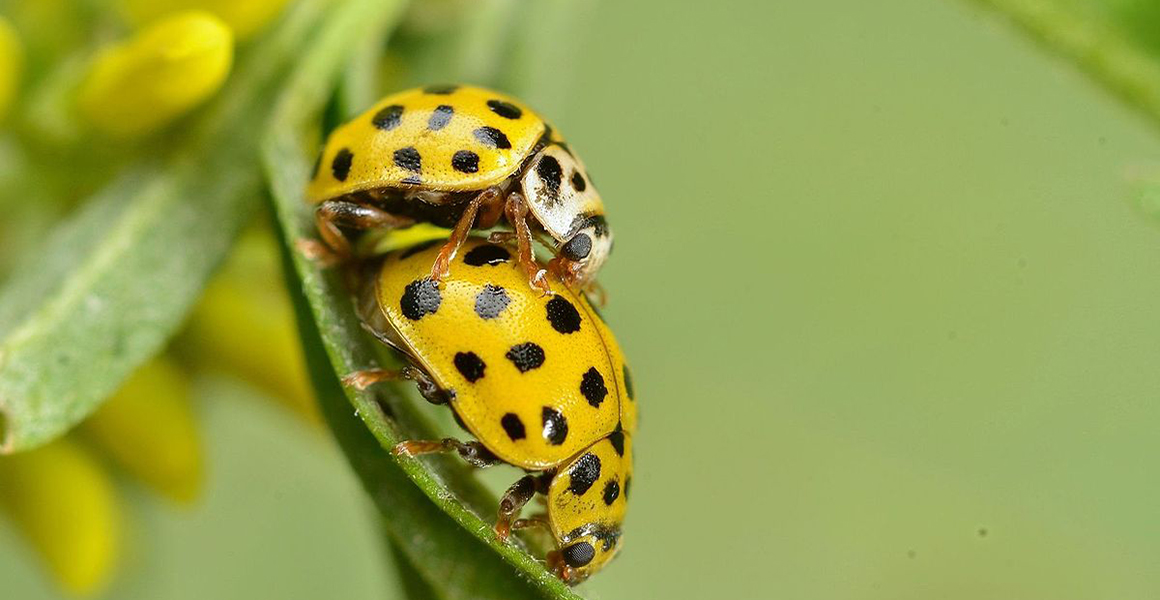
© Gilles San Martin (CC BY 2.0) via Wikimedia Commons
1. Elephant hawkmoths
These pink and olive-green moths emerge at dusk to feed on nectar-rich flowers such as honeysuckle. Towards the end of summer you're more likely to see the large, eye-catching caterpillars.
Explore what other colourful moths you might see in the UK.
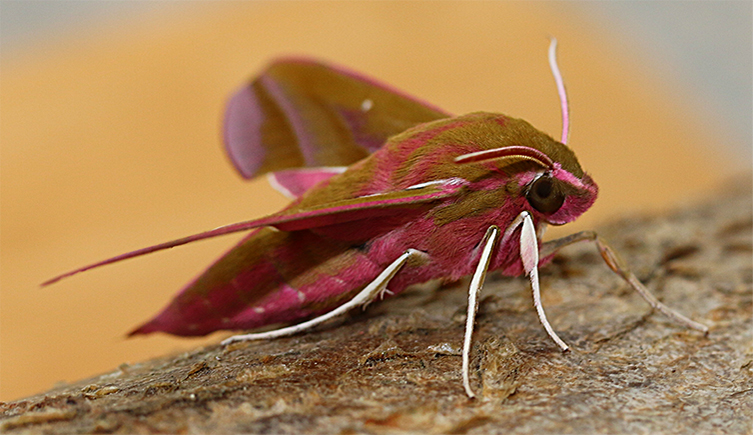
2. Stinging nettles
Stinging nettles might feel unfriendly to us, but they are good companions to many British butterfly caterpillars.
Red admiral, small tortoiseshell, painted lady and comma butterfly caterpillars all feast on stinging nettle leaves in summer.
Find out what other plants butterflies like.
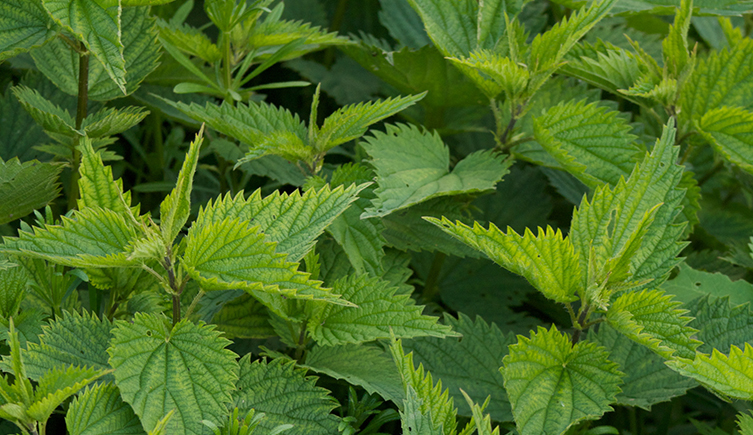
Stinging nettle leaves (Urtica dioica) © Sjokolade (CC BY-SA 3.0) via Wikimedia Commons
3. Cuckoo spit
This strange foam found on plants is a protection bubble formed around froghopper insects. They make it while they are in their juvenile stage by blowing bubbles from their anus.
Watch our froghopper behaviour video and find out more about these insects.
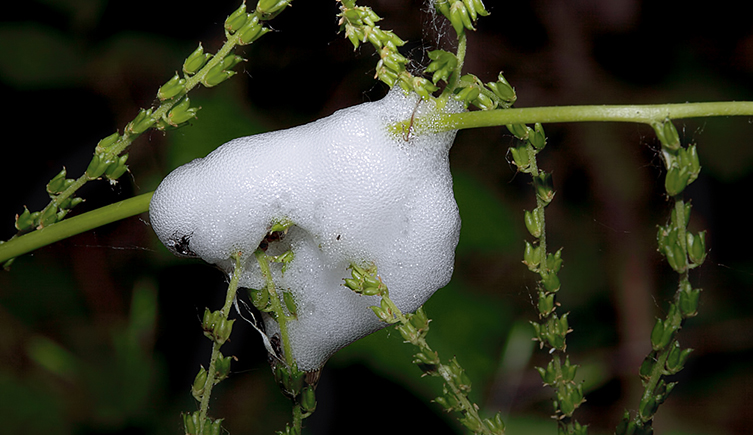
Cuckoo spit on plant stems © Alan Vernon (CC BY 2.0) via Wikimedia Commons
4. Water mint
This plant grows in shallow streams, rivers, bogs and other watery places in the UK. From July to October, water mint has pale purple flowers that beetles and butterflies love.
Water mint can be used like regular mint in drinks although it has a strong flavour, so you might not want to use too much.
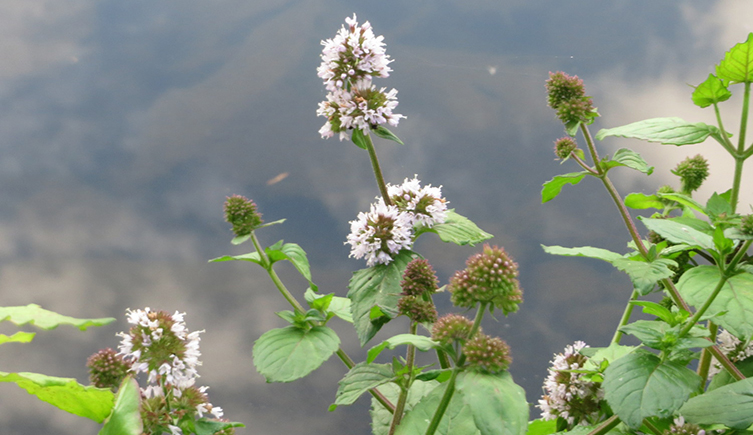
Water mint leaves and flowers (Mentha aquatica). Image by AnRo0002 (CC0) via Wikimedia Commons
5. Twenty-two-spot ladybirds
Look in a park or garden for a yellow ladybird with 22 black spots. This tiny beetle is only 3-4mm long. Rather than eating aphids like most ladybirds, this one feeds on mildew - a kind of fungus - growing on plants.
Discover more beautiful UK beetles.
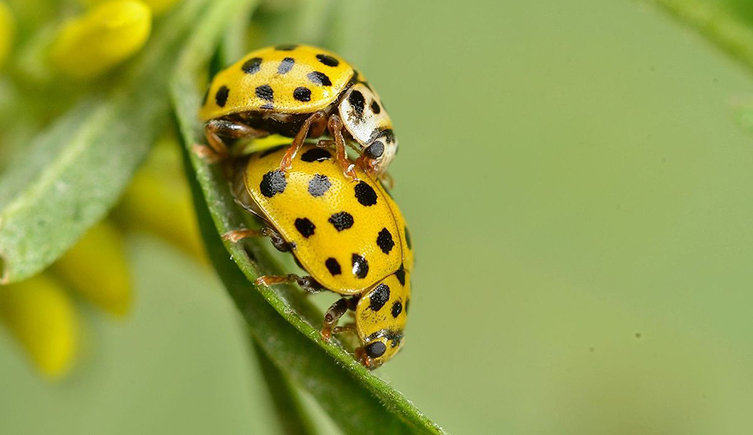
The 22-spot ladybird (Psyllobora vigintiduopunctata) © Gilles San Martin (CC BY 2.0) via Wikimedia Commons
6. Swifts
A summer visitor to the UK, these social birds swoop and feed high in the air. Swifts eat, drink, mate and even sleep while flying.
Discover what other bird species you are likely to spot this summer.
_two_column.jpg)
A swift (Apus apus) © Billy Lindblom (CC BY 2.0) via Wikimedia Commons
7. Oxeye daisies
Bees and butterflies might be hanging around these cheerful daisies. They grow in sunny, grassy places and are easy to spot on road verges and in parks.
Discover more plants that attract butterflies.
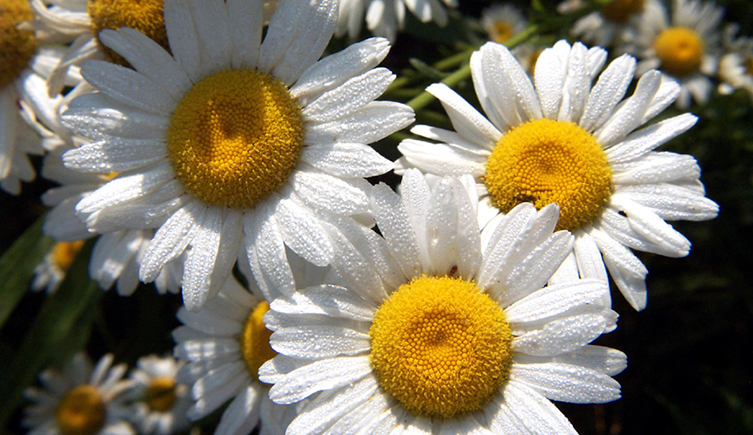
Oxeye daisies (Leucanthemum vulgare) © Bruce Marlin (CC BY-SA 2.5) via Wikimedia Commons
8. Lime trees
Many UK streets are lined with lime trees. In summer, these have a dense foliage of heart-shaped leaves. Sweetly scented flowers are followed by tiny, dry fruit. The flowers are yellow-white in colour and popular with bees.
Learn about other common street trees.
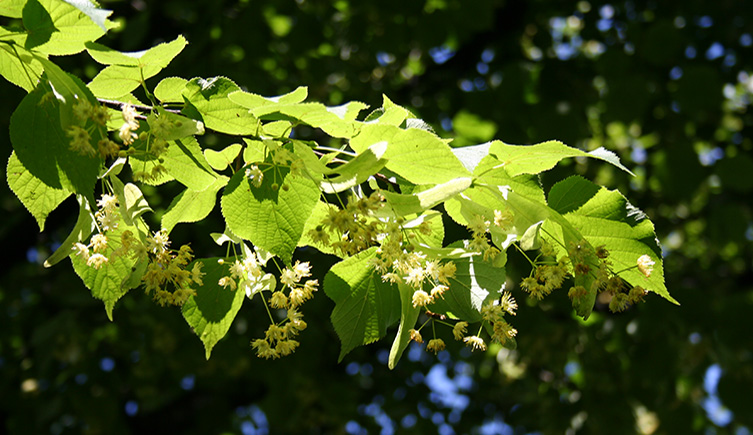
Lime tree leaves and flowers. The common lime that we see all over the UK is a hybrid of our two native limes, Tilia cordata and Tilia platyphyllos. © N p holmes (CC BY-SA 3.0) via Wikimedia Commons
9. Common pipistrelle bats
Pipistrelle bats eat flying insects and emerge at dusk to hunt. You might see them swooping above waterways or by woodland glades. You could also spot these tiny mammals - the UK's most common bat - chasing their prey around streetlights or above parks and gardens.
Females give birth in June and July, and their babies are ready to leave the roost in August.
Check out our guide to identifying five common UK bats.
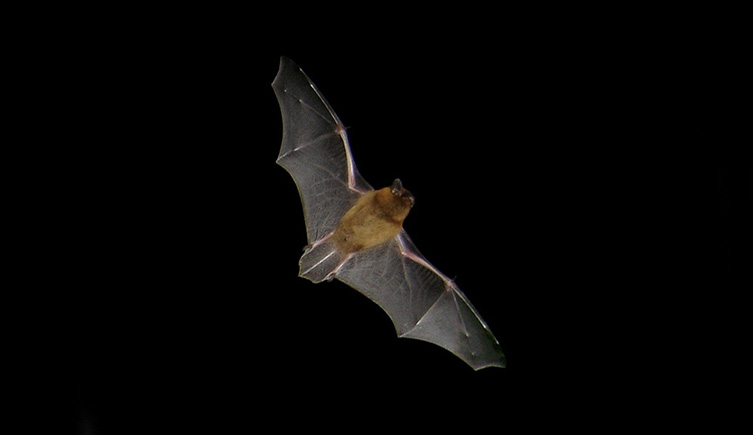
A common pipistrelle bat (Pipistrellus pipistrellus) © Barracuda1983 (CC BY-SA 3.0) via Wikimedia Commons
10. Wild carrots
Wild carrot flowerheads are made up of lots of tiny white flowers. A dark red flower in the centre helps to attract pollinators. This plant likes to grow in fields, meadows and on disturbed ground next to roads.
Watch our video on YouTube about this plant's pollination tactic.
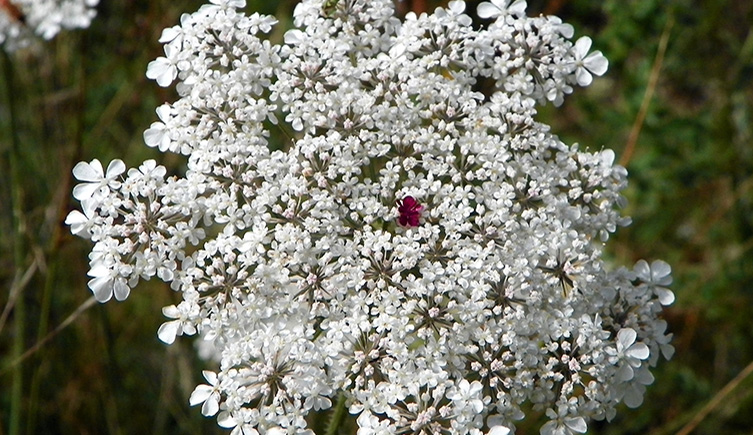
A wild carrot flower (Daucus carota) © Peter O'Connor (CC BY 2.0) via Wikimedia Commons
11. Fox cubs
Fox cubs are mostly born in March. You might see the cubs playing or relaxing in the sunshine as they grow over the summer.
Learn about the secret life of urban foxes.
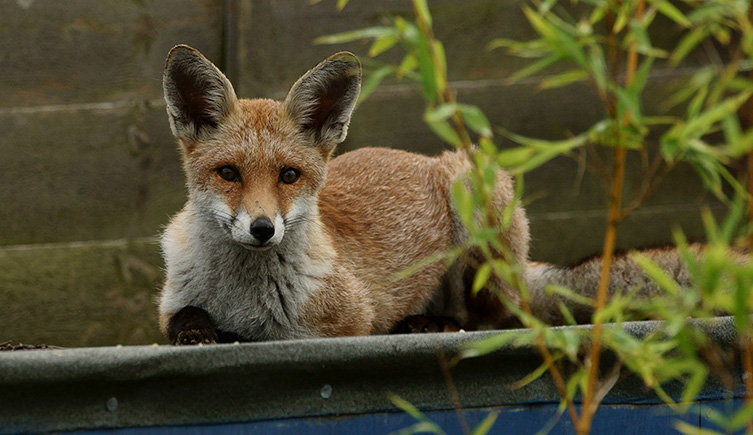
12. Bee orchids
Bee orchids mimic the shape and scent of bees to lure them into 'pseudocopulation', where the male insect attempts to mate with the flower. In the UK the orchid pollinates itself as its partner bee doesn't live here.
Growing in grassy areas, including on disturbed ground, this orchid is one of the most likely to establish itself in towns and cities. It can even turn up in unmown lawns. However, it is scarce or absent from Cornwall, north Devon and Scotland.
Watch our video about bee orchids.
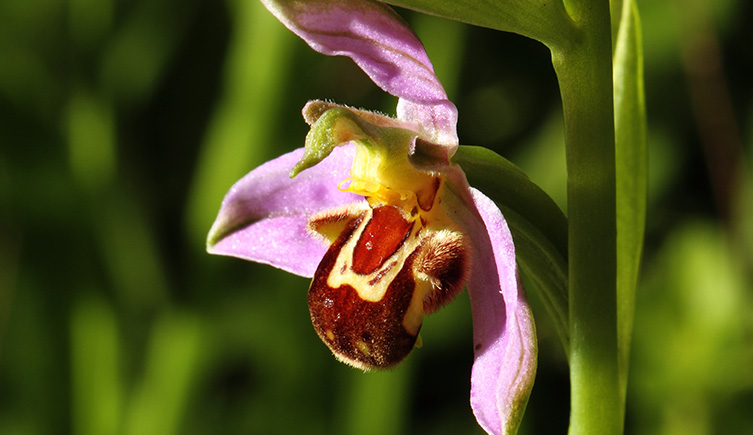
Bee orchids (Ophrys apifera) flower from early June to late July. Image by Donald Macauley (CC BY 2.0) via Wikimedia Commons.

Do your bit for nature
Biodiversity is connected to almost every aspect of our lives, but it needs our help. Small actions can make a big difference.

British wildlife
Find out about the plants and animals that make the UK home.

Try this at home
Why not try out more of our simple crafts and activities?
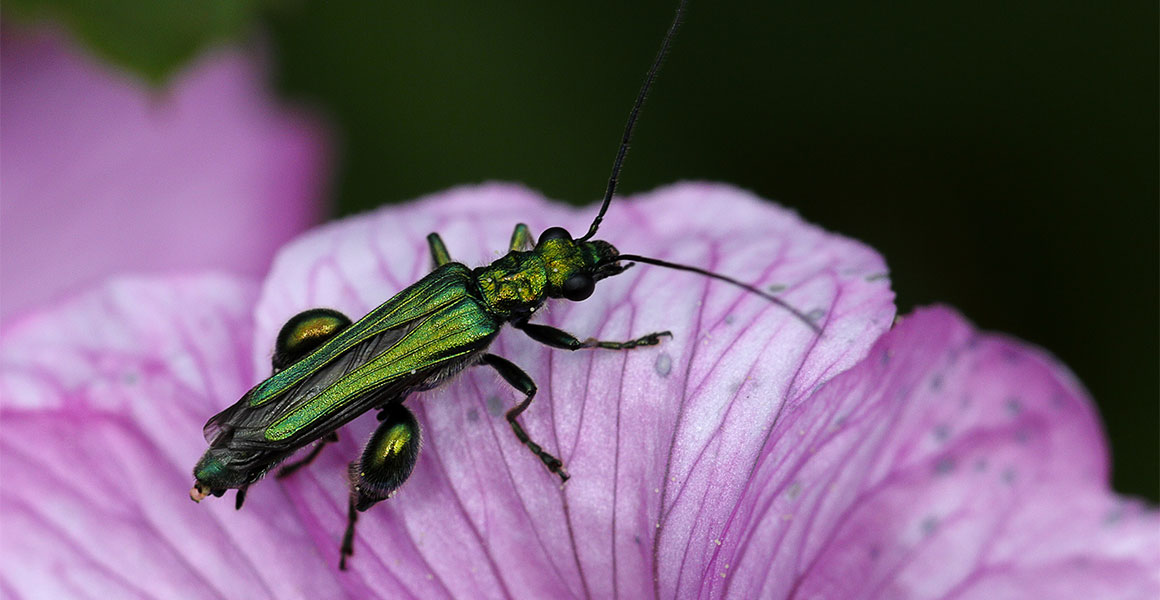
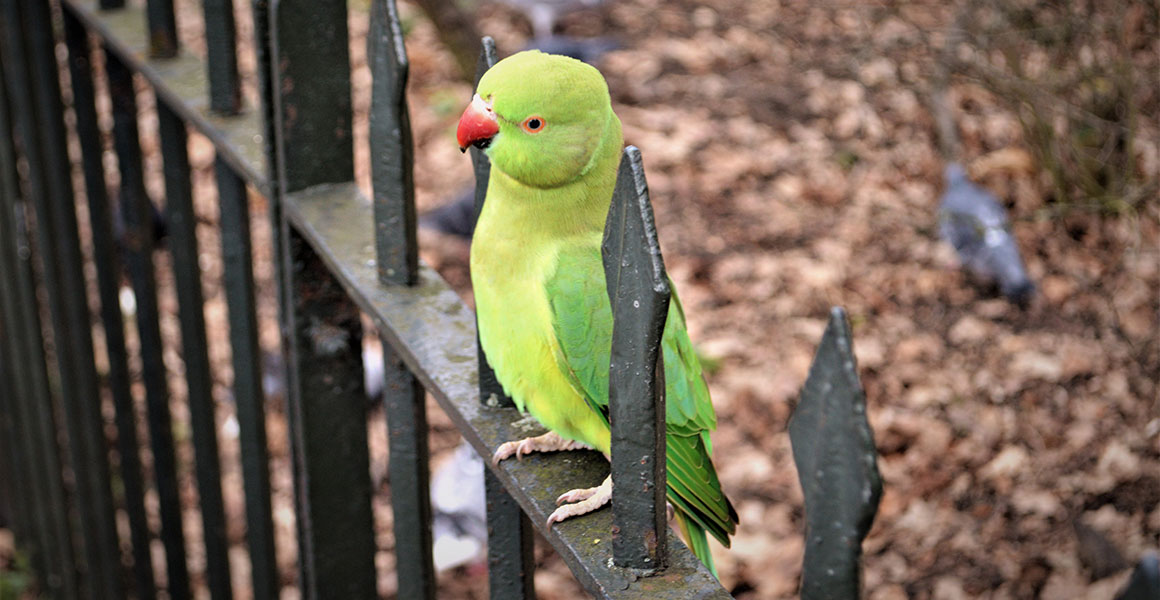


Don't miss a thing
Receive email updates about our news, science, exhibitions, events, products, services and fundraising activities. We may occasionally include third-party content from our corporate partners and other museums. We will not share your personal details with these third parties. You must be over the age of 13. Privacy notice.
Follow us on social media